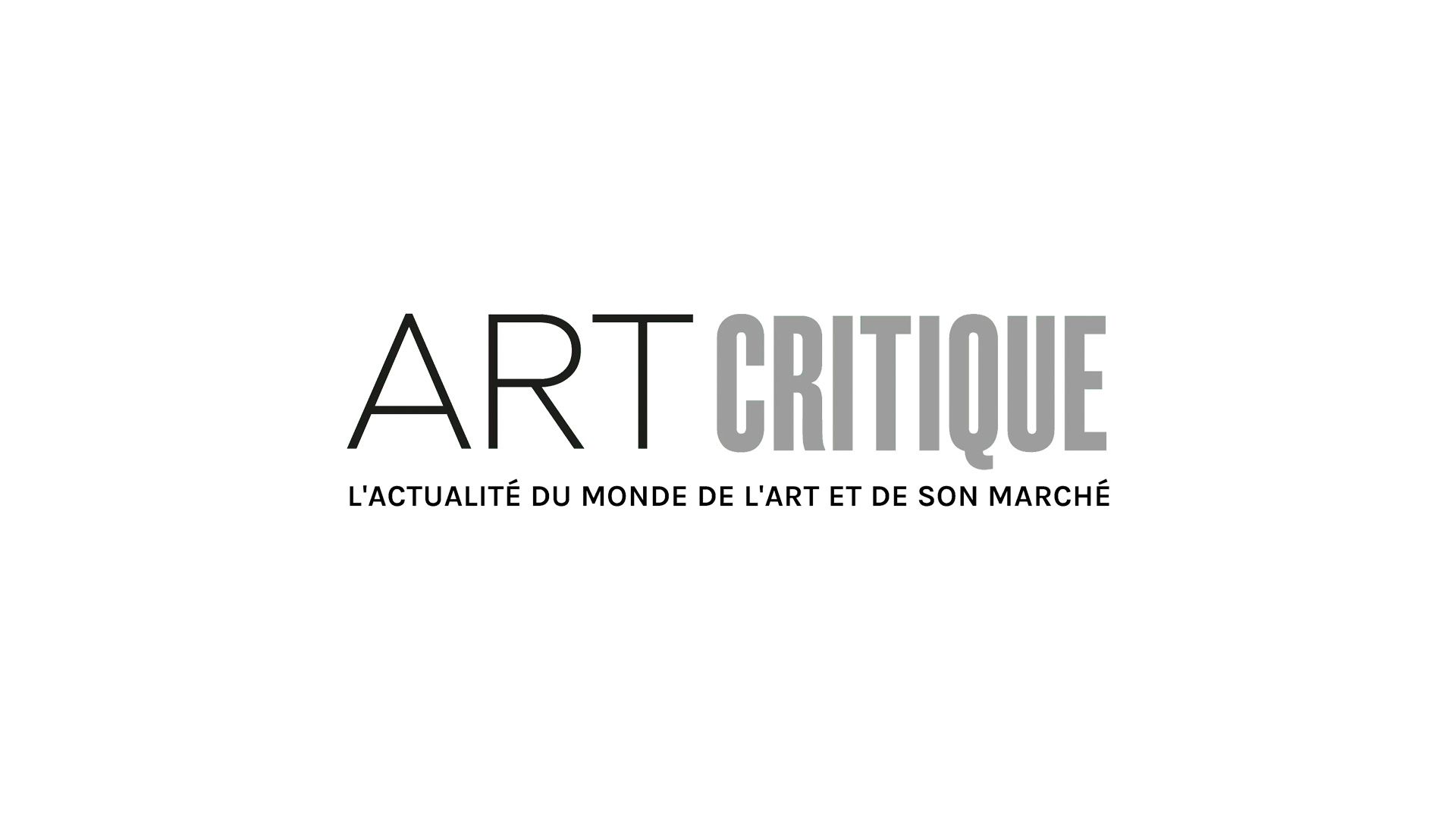After an extensive and overdue bought of research, Vincent van Gogh’s 1889 version of Sunflowers, painted just a year before his death, will be the focal point of an exhibition at the Van Gogh Museum in Amsterdam titled ‘Van Gogh and the Sunflowers.’ The popularity of the painting has made it difficult in the past to take it from its gallery have it examined to better understand its history. Now, because of more portable and advanced technologies, researchers were able to come to the museum to examine the artwork in its home rather than sending it to the lab.
‘Van Gogh and the Sunflowers,’ which runs from today through September 1st, will take visitors on the journey of the painting offering insight into why van Gogh painted the flowers, his process of doing so, and the 130-year history of the painting. The team of researchers, led by Ella Hendriks, a conservation professor at the University of Amsterdam, performed an array of studies on the painting including non-invasive spectroscopic techniques, like x-rays, ultra-violet, infrared, and visible light, as well as microsampling to better understand and document the painting.
Their findings have been exciting, to say the least, and have added new depth to the beloved painting.

For the exhibition, the painting will be displayed in a manner that shows the verso, or back, of the painting for the first time ever. More times than not, the verso of a painting is only seen by museum staff but it can often tell a lot about the painting. In the case of Sunflowers, it shows the wooden strip that was added by van Gogh to extend the top of the painting allowing more room around the flowers.
While adding that wooden extension, van Gogh left behind two fingerprints in the middle of the top sunflower that researchers found while scouring the work. His fingerprints aren’t uncommon, they usually are found around the edges of the artworks, but these two will be added to the others, though they are less clear than others. Hendriks told artnet News that one day, such prints might be helpful in identifying authentic works by the artist.
Due to his history and various attempts to restore or conserve the painting over the years, its colours have changed. Some of the pigments, like the red ‘geranium lake’ or the ‘chrome yellow’, have faded or darkened as they do over time and have altered the state of the painting. There are also varnishes that were added in the 20th century that can’t be removed and have darkened with age. A layer of wax resin that was added in the 1990s to better secure the paint began to turn white but was removed as best it could be by researchers. To accommodate the painting, one of the conservators created a replica of the painting to comparatively show what the painting would have looked like when van Gogh finished it.

Finally, the findings of the research performed by Hendriks and her crew concluded that the 1889 Sunflowers was not simply a copy of van Gogh’s 1888 version of the same subject that hangs in London’s National Gallery. Thanks to similar tests run on the earlier edition of the painting, Hendriks found that van Gogh’s processes and techniques had evolved by the time he made the 1889 version meaning he was not trying to replicate his earlier work. The research that allowed this was crucial in comparing the works as the Amsterdam Sunflowers has been added to the list of paintings that are too fragile to travel.





